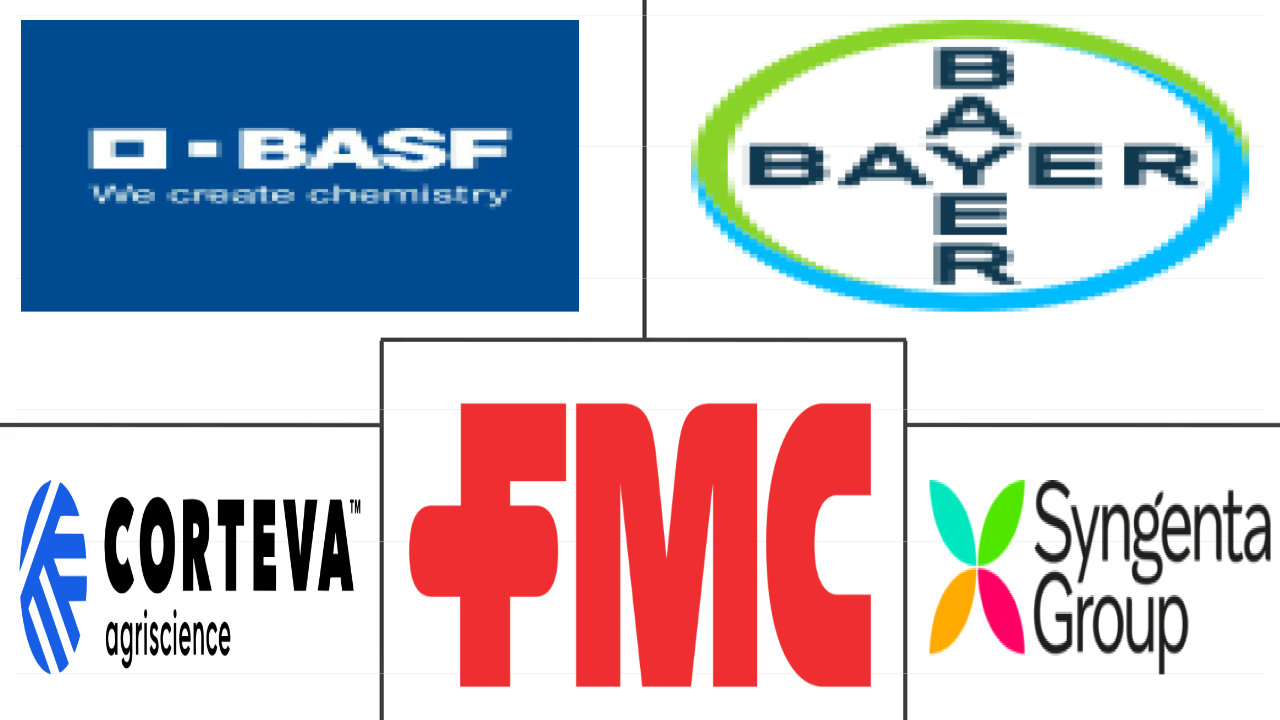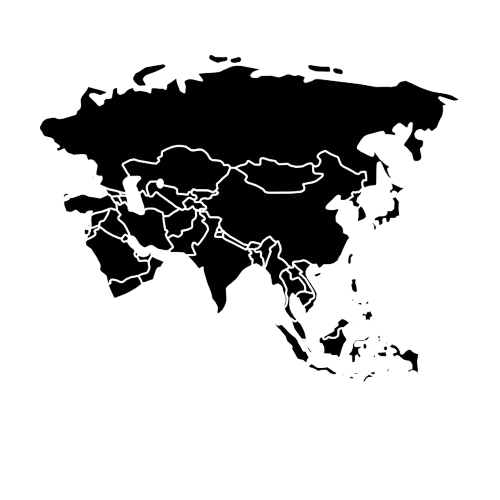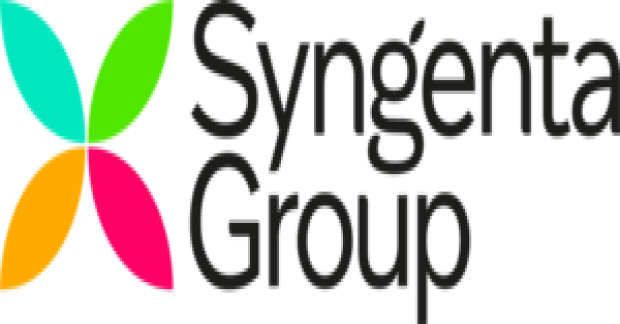Market Size of seed treatment Industry
| Icons | Lable | Value |
|---|---|---|
|
|
Study Period | 2017 - 2029 |
|
|
Market Size (2024) | USD 8.74 Billion |
|
|
Market Size (2029) | USD 10.8 Billion |
|
|
Largest Share by Function | Insecticide |
|
|
CAGR (2024 - 2029) | 4.33 % |
|
|
Largest Share by Region | Asia-Pacific |
Major Players |
||

|
||
|
*Disclaimer: Major Players sorted in no particular order |
Seed Treatment Market Analysis
The Seed Treatment Market size is estimated at 8.74 billion USD in 2024, and is expected to reach 10.8 billion USD by 2029, growing at a CAGR of 4.33% during the forecast period (2024-2029).
8.74 Billion
Market Size in 2024 (USD)
10.8 Billion
Market Size in 2029 (USD)
5.51 %
CAGR (2017-2023)
4.33 %
CAGR (2024-2029)
Largest Segment by Function
69.64 %
value share, Insecticide, 2023
Insecticidal seed treatments are highly target-specific in controlling a range of pests, such as aphids, thrips, wireworms, and beetles that attack seeds at the initial stage.
Fastest-Grwoing Segment by Function
4.54 %
Projected CAGR, Insecticide, 2024-2029
Insecticidal seed treatments are cost-effective as they require low application rates and can help reduce the reliance on foliar sprays in the later stages of the crop.
Largest Segment by Crop Type
45.14 %
value share, Grains & Cereals, 2023
The highest consumption of seed treatment chemicals in grains and cereals is attributed to their large area under cultivation, accounting for a share of 49.2% in 2022.
Largest Segment by Region
30.47 %
value share, Asia-Pacific, 2023

Seed treatment market in Asia-Pacific is experiencing significant growth, driven by farmers increasing awareness of need to protect seed and seedlings from diseases and pests.
Leading Market Player
19.08 %
market share, Syngenta Group, 2022

The seed treatment products offered by the company enable uniform distribution and adherence to the surface of the grain for maximum protection.
Growing awareness among farmers is driving the demand for seed treatments
- During 2017-2022, the global chemical fungicide seed treatment market witnessed a substantial growth of 18.3%. Fungal diseases like rice blast cause up to 30% global rice yield loss and severe economic damage. The aim to reduce these losses increased the need for higher fungicidal seed treatments. Metalaxyl, carbendazim, thiram, and captan are the most used active ingredients in fungicidal seed treatment products.
- Insecticidal seed treatments have high target specificity in controlling a range of pests that attack seeds or seedlings, such as aphids, thrips, wireworms, and beetles at the initial stage of the crop’s life cycle. Moreover, insecticidal seed treatments are cost-effective alternatives as they require low application rates and can help reduce the reliance on foliar sprays in the later stages of the crop by providing proper preventive measures at the very initial stages. These factors are expected to drive the market at a CAGR of 4.5% during the forecast period (2023-2029).
- Active ingredients such as imidacloprid, clothianidin, thiamethoxam, fipronil, and chlorpyrifos are highly important in chemical insecticide seed treatment. Imidacloprid, clothianidin, and thiamethoxam are effective against a wide range of sucking insects, such as aphids, whiteflies, and leafhoppers, while fipronil and chlorpyrifos act against soil-dwelling insect pests.
- There is an increasing incidence of nematode infestations globally with severe crop losses. The growing knowledge among farmers about the various alternatives to overcome yield losses led to a significant growth of 4.6% during the historical period.
Seed treatment improves the plant abiotic stress tolerance towards droughts and heatwaves.
- The growing awareness among farmers regarding the need to protect seeds and seedlings from early crop diseases and insect pests in the preharvest stage raises the utilization of seed treatment products, which will give more strength to the crop to grow further with uniform establishment and growth. The global seed treatment market accounted for USD 8.36 billion, with a consumption volume of 719.0 thousand metric tons in 2022.
- In 2022, South America dominated the market with 44.7% of the global seed treatment, with a market value of USD 3.74 billion. The dominance of the South American region is majorly attributed to the changing climatic conditions. Recent droughts and heat waves have hampered crop production. Seed treatment increases the plant's tolerance to adverse conditions like drought and heatwaves, resulting in higher utilization. In 2022, Brazil held the dominant position as the largest market in South America, representing 91.4% of the region's market share. The country's remarkable expansion can be attributed to several factors, including the growing need for food security and the escalating utilization of seed treatment products in crops like soybeans.
- The North America seed treatment market is the second largest, with 19.9% and a market value of USD 1.66 billion in 2022. The United States is the largest seed treatment market, accounting for a share of 83.4% in 2022. The country has been witnessing substantial growth driven by increasing demand for food security and rising adoption of seed treatment products in major grown crops like soybeans, as seed treatment can reduce the seeding rate and increase profitability.

